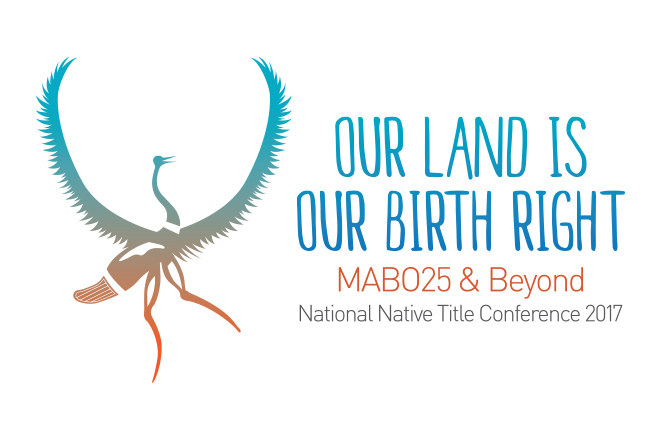Please note: AIATSIS cannot comment on, prove or provide confirmation of anyone’s Aboriginal or Torres Strait Islander heritage.
Your Aboriginal or Torres Strait Islander heritage is something that is personal to you. You do not need a letter of confirmation to identify as an Indigenous person. However, you may be asked to provide proof or confirmation of Aboriginal and/or Torres Strait Islander heritage when applying for Indigenous-specific services or programs such as:
- grants (such as Indigenous housing loans, research and study grants)
- university courses (with specific positions for Indigenous students)
- Centrelink and housing assistance (Indigenous-specific)
- employment (Indigenous identified positions)
- school programs for Indigenous students.
Government agencies and community organisations usually accept three ‘working criteria’ as proof or confirmation of Aboriginal or Torres Strait Islander heritage:
- being of Aboriginal or Torres Strait Islander descent
- identifying as an Aboriginal or Torres Strait Islander person
- being accepted as such by the community in which you live, or formerly lived.
All of these things must apply. The way you look or how you live are not requirements.
Government agencies, universities and schools will often supply you with their particular guidelines, and ask you to complete a form or provide a letter of ‘Confirmation of Aboriginal and/or Torres Strait Heritage’.
Why is it so involved?
Indigenous-specific services and programs are intended to address social, health and educational issues that Indigenous people face as the result of past removal policies and inadequate educational, employment and health services. Requesting proof of Aboriginal or Torres Strait Islander heritage from applicants helps to make sure that this intention is honoured.
How do I obtain proof of my Aboriginal and/or Torres Strait Islander heritage?
Doing your family history may help you obtain proof of your heritage. You might find a birth, death or marriage record that traces your family to a particular Aboriginal station or reserve. Or you might have oral history stories that can connect you to a particular area or person or photograph.
Gather as much information about your family history and heritage as possible
Our online Finding Your Family resources can help you find evidence of your connection to your Aboriginal or Torres Strait Islander ancestors.
Whatever your situation, contact a relevant Indigenous organisation for assistance.
When your apply for proof of Aboriginal and/or Torres Strait Islander heritage through an Indigenous organisation, they will probably ask you to explain your heritage to their committee. For this reason it’s useful to find out as much as you can about your family history before you contact them. This is particularly important if you or your ancestors have been disconnected from your heritage.
A ‘letter of confirmation’ is usually obtained from an incorporated Indigenous organisation and must be stamped with their common seal.
Who to contact
You may need to contact an organisation where your family is from – someone in the community might know or remember your family.
An Indigenous organisation in the area where you currently live may also be able to provide you with this confirmation.
For example, if you live in Canberra and your family is from the Canberra region, you should contact the Ngunnawal Land Council in Queanbeyan. If you live in Canberra but your family is from somewhere else, you should contact the land council in the area your family came from or were best known in.
To find the contact details of a land council or other Indigenous community organisations:
- search the Yellow Pages – type ‘Aboriginal’ in the ‘Business type or name’ box and add a place name, or in the print version look under ‘Aboriginal and Torres Strait Islander Associations and Organisations’
- do a web search for ‘Aboriginal’ and the place name
- see indigenous.gov.au.




